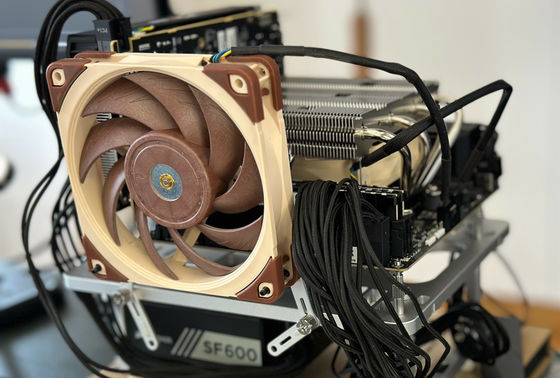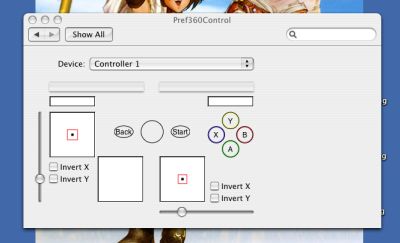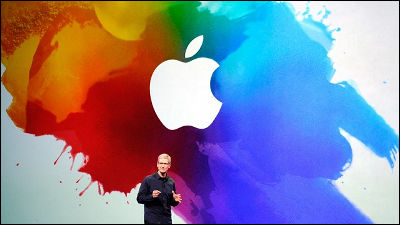It is pointed out that it is no longer possible to run macOS on a PC other than a Mac using 'Hackintosh'

by
Although macOS is primarily designed to run on Macs, there are ways to install it on non-Mac computers. It is called ' Hackintosh ', a combination of 'Hack' and 'Macintosh', the old name for Mac. Hackintosh has been experimented with by macOS enthusiasts since 2005, but according to Aleksandar Vačić, a programmer who mainly specializes in iOS, Hackintosh has been 'almost dead' since around 2023. is.
Hackintosh is (almost) dead · aplus.rs
https://aplus.rs/2024/hackintosh-almost-dead/

In June 2005, Apple announced at the developer event WWDC that it planned to switch from the microprocessors it had been using to Intel products. This allows Macs and other PCs to share some of the x86-64 architecture, minimizing compatibility issues when running macOS on non-Macs. . The hacking project that spread as a result of this is called OSx86 or Hackintosh.
Since the release of the first Mac, the Apple Macintosh, in 1984, Apple has migrated CPU architecture three times. Apple Macintosh uses the ``Motorola 68k'' architecture from Motorola, which Apple had a supplier relationship with at the time. Later, in order to compete with Intel's x86 architecture, which had become dominant in clock speed and unparalleled power efficiency, Apple, IBM, and Motorola (AIM) collaborated to create a RISC- type architecture that was relatively simple and less prone to major problems. Birth of the processor PowerPC . The transition from Motorola 68k to PowerPC significantly improved PC performance, but by the early 2000s PowerPC would fall behind Intel x86 in performance per watt. In order to realize small products such as the ultra-thin MacBook Air, it was finally necessary to switch to Intel, so in 2005 Apple announced that it would migrate its CPU architecture to Intel's x86-64.
Although Intel CPUs are excellent, there were supply constraints and release delays, which greatly affected Apple's roadmap, so Apple was steadily moving away from Intel. In 2020, Apple finally announced its third Mac CPU architecture shift with the release of its own chip called the M1 . The M1 was the first model in Apple's silicon M family, which has since evolved into the M2 and M3.
History surrounding Apple's CPU architecture - GIGAZINE

According to Vacic, Hackintosh will be affected by Apple's change in CPU/GPU architecture to its own chips called the M series.
macOS Sonoma , the Mac-only operating system announced in June 2023, still supports the latest generation of Intel Macs and is likely to remain compatible for at least one or two major versions. is. However, if Apple continues to pursue its own proprietary path in the future, compatibility issues may occur and macOS may not be able to be used with Hackintosh.

Furthermore, Mr. Vačić points out the main points as the reason why ``Hackintosh is effectively dead.'' Apple cleans up old and unused code when it updates its framework, and Sonoma has almost completely removed driver support for Apple's previously used
According to zxystd, who participates in an unofficial project called `` OpenIntelWireless '' on GitHub, the driver published by zxystd can be used as a replacement for the old driver that was removed from Sonoma. However, this is unstable and temporary, and 'performing some builds may have side effects, such as some services not working. Also, the API you are currently using may also It is predicted that it will be removed in the macOS version, so it will not be possible to run it in the future unless you rewrite the entire driver, which is difficult to implement.'' zxystd said .

macOS Sonoma 14.4, updated in March 2024, makes changes to the way the USB subsystem works. This also affected Hackintosh to some extent, but problems with USB systems occur so often that known solutions exist. On the other hand, as Mr. Vačić says, ``I have always believed that it is the lack of reliable Wi-Fi drivers, rather than changes to the CPU or GPU, that disables the hack.'' Regarding Wi-Fi, Functionality is difficult to support, and is a major hurdle that Hackintosh has encountered.
Vacic actually ran Hackintosh, which has all the Wi-Fi driver, CPU, GPU, SSD, and other builds that work on modern Macs. The image below is a photo of the Hackintosh machine shown by Mr. Vačić. However, from the first day, ``The Ethernet controller was working fine, but suddenly the whole machine hard crashed.'' ``Even though Wi-Fi was working and iCloud was working fine, apps like Messages and FaceTime didn't work at all.'' Apparently, problems occurred one after another. A number of issues were identified, most of which were unexplained, and Sonoma was unable to install updates when updated.

Therefore, Mr. Vačić concludes that ``Hackintosh is on the verge of death.'' This doesn't mean that you can't use all the features at all, so you can continue using Hackintosh even after a few years if you don't need this feature but would like to use this feature. However, some functions are limited and difficult to improve, and there is a high possibility that future updates will increase the number of functions that cannot be executed on Hackintosh.
Regarding Hackintosh's limitations, Vačić said, ``Some people say that Apple is intentionally trying to make Hackintosh extinct, but I don't think so. They're just doing what they're supposed to do: improve the codebase. Apple's natural commitment to their products is to remove outdated and deprecated code, and as a result, Hackintosh is no longer affected. I am receiving it,” he said.
Related Posts:




